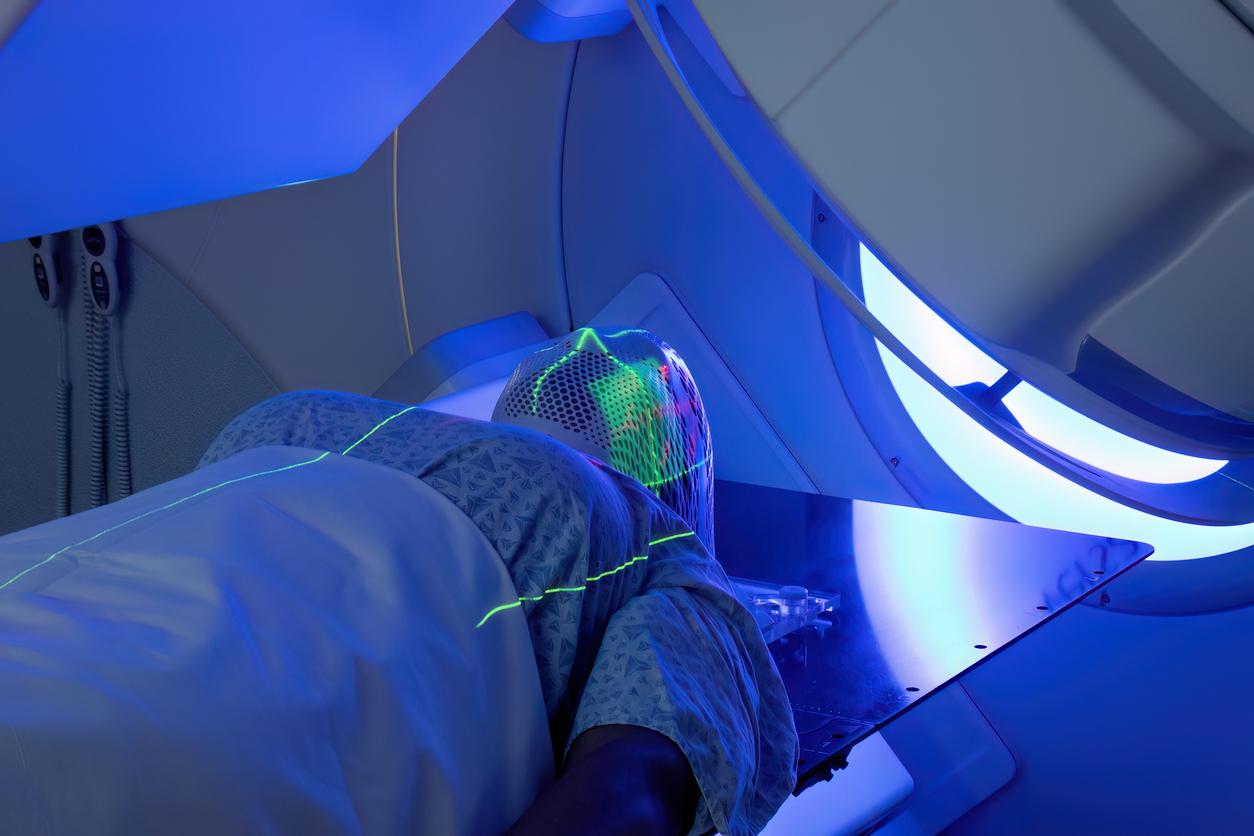One day it will be enough to wear a bracelet to find out if you have cancer cells. At least, this is the crazy project on which many doctors and scientists are working in the Google X innovation laboratories in Mountain View in California (United States). Their hope is to develop a smart “super bracelet” that, when worn, would be able to alert the wearer to the presence of cancer cells in their body.
Let it be said, this screening accessory is not ready to see the light of day. It will take at least a few years before we can hope to see the color. But the experimental method used by the laboratory of the Internet giant deserves some attention. The American team, led by Andrew Conrad, head of the Google Life Sciences division, tests the bracelet using synthetic skin; more precisely artificial arms covered with synthetic skin and human skin.
In the concept imagined by the researchers, the patient ingests nanoparticles in the form of pills which will scout and act as “snitches” for cancer cells. Once detected, these malignant cells will be attached by the nanoparticles and illuminated. This capture of fluorescent nanoparticles will allow the bracelet (in theory) to attract the conglomerate thanks to the magnet with which it is provided. Synthetic and human skin therefore serves as a support for identifying the light signals of nanoparticles.
This preventive medicine tool is still in the embryonic stage and it is a safe bet that it makes some scientists blink, skeptical about the effectiveness of bracelets in screening for cancer or other diseases.
This bracelet project is a continuation of the projects studied by the Google X medical research laboratory, such as the nanoparticle pill to detect cancer.
>> To read also: Google launches into genetics to prevent diseases

















